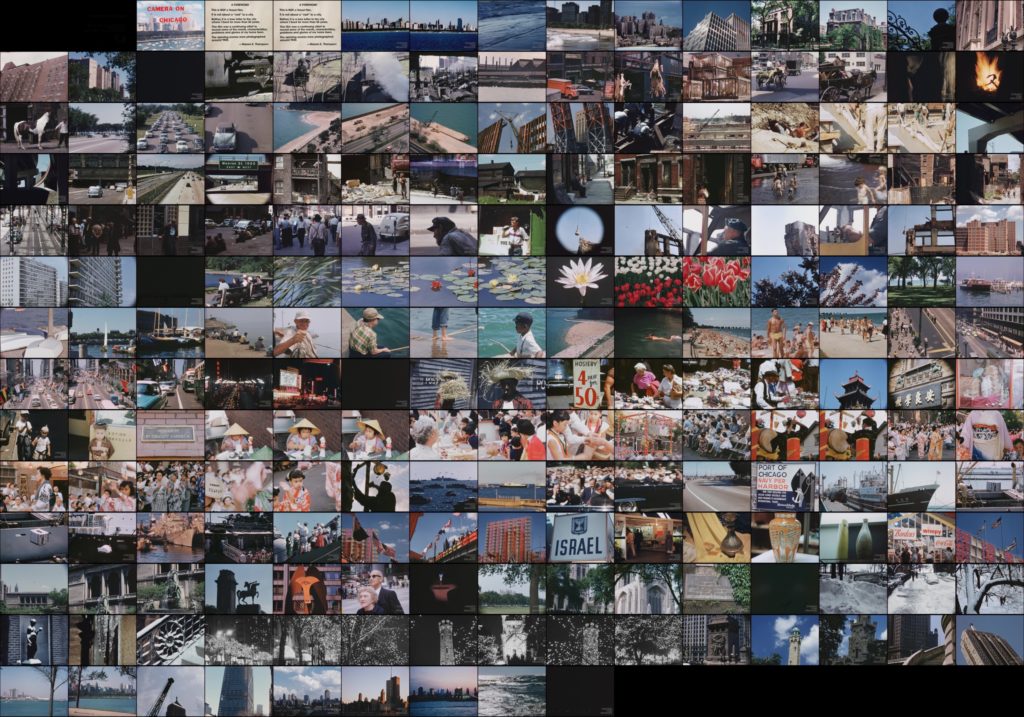
Amateur movies provide a provocative resource for examining fashion in the twentieth century. In the first instance they are kinetic records of how people dressed, but amateur films were also vernacular creative works in their own right; like fashion, they offered a medium for creatively engaging with mass-marketed materials in a personal form.
Both fashion and amateur film are media of self-presentation: How to present oneself to the world, or to the camera? The masthead of Movie Makers magazine, published for amateur filmmakers from 1926-1954 highlighted this in their unofficial motto: “To see ourselves as others see us.” But what does fashion and dress mean to people at a local level. And how, to paraphrase Rebecca Arnold, does the medium of amateur film shift the meaning of fashion?
The Amateur Movie Database (amateurcinema.org) includes more than 2000 films produced in the middle of the twentieth century (1923-1971). Drawing on this corpus of films, and using digital techniques to excavate patterns of content, theme, and geographical variation, I am investigating how the amateur movie camera captured and mediated people’s creative engagement with dress.
As I have been working on this project, I have become especially interested in amateur travelogues, and what they reveal about fashion and visual culture. What do people film, when they are documenting their surroundings, or visiting somewhere new? How does the amateur gaze negotiate local specificity and exotic fantasy? When amateurs place fashion alongside monuments and architecture, how do they understand the relationship between fashion and the built environment? By looking at some specific films more closely, fashion (especially in its more casual, everyday forms) and amateur cinema emerge as parallel phenomena in American visual culture.

